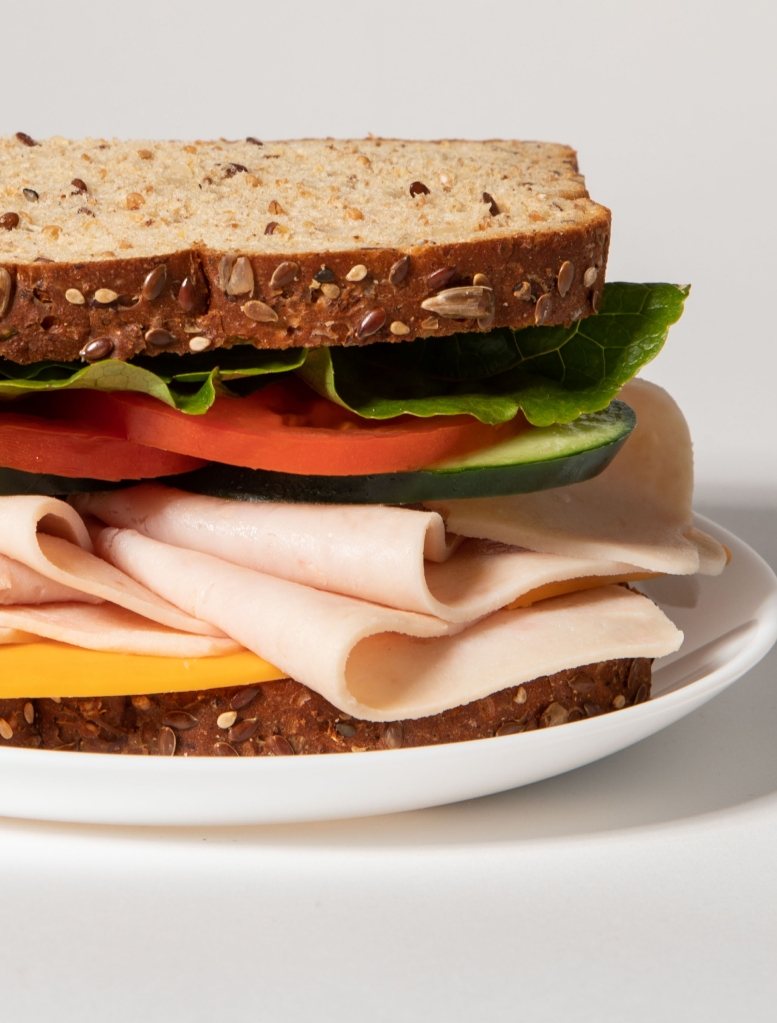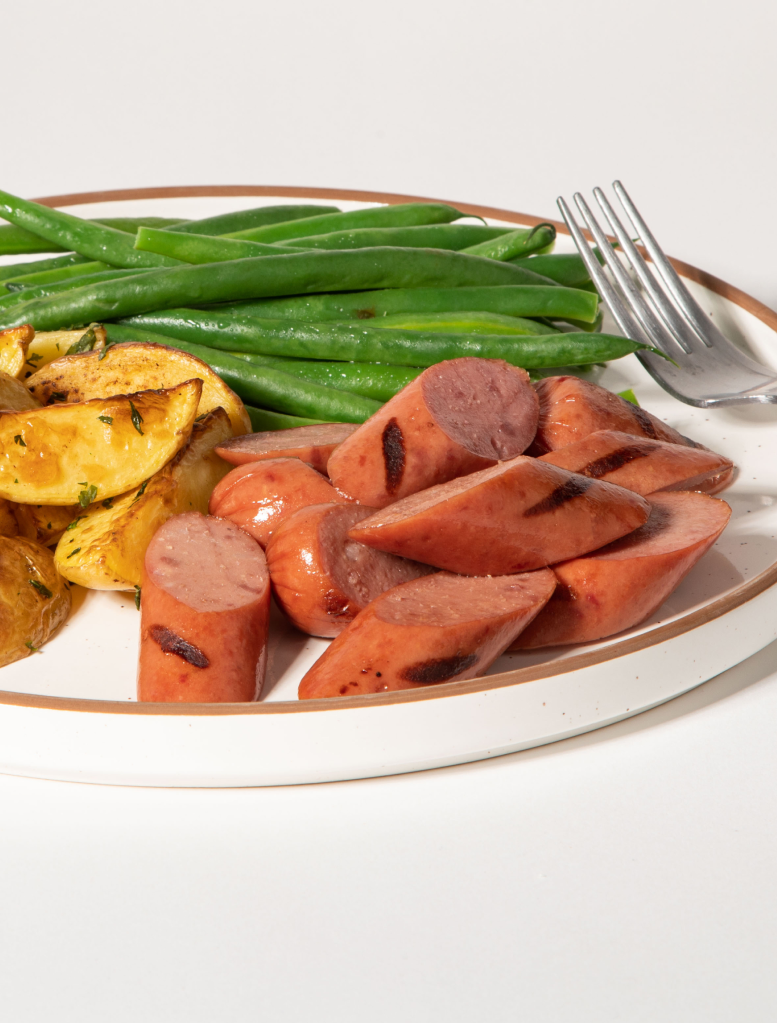How Bacon varies around the world
Is anything better than the salty, smoky smell of sizzling bacon on a Sunday morning? In the United States, bacon comes from the belly of the pig. After a curing process, meat producers divide it into the thin or not-so-thin slices that complement any breakfast or improve any cheeseburger. That isn’t the case in other countries. In fact, consumers around the world have varying definitions of what constitutes bacon and how to use it.
Lop Yuk and Sam Gyup Sal
In China, bacon is known as “lop yuk.” Unlike bacon in the United States, Chinese-style bacon usually originates from pork loin instead of belly. The bacon is then salted and cured, before being sold in markets throughout the country. Don’t expect to see lop yuk as part of a BLT in China, though. Rather, people there prefer to eat their bacon in rice-based soups. Alternatively, Chinese diners may indulge in a savory broth made from bacon.
Koreans use bacon in much the same way as their Chinese neighbors, although they call it “sam gyup sal.” On the peninsula, families enjoy the meat distilled into a broth or soup base. However, Koreans are increasingly eating bacon as part of a main course.
Rasher, Speck and Bauchspeck
Europeans enjoy their bacon as much as Americans, but the meat is considerably different from that in the States. Citizens of the United Kingdom delight in “rasher,” air-cured bacon from the animal’s loin. While American bacon is usually served in crispy strips, rasher comes in chewy, thick, round pieces. Diners expect to munch on British-style bacon at breakfast or lunch.
In Germany, bacon is usually the same cut as it is in England. Germans call their bacon “speck,” which is a cured, smoke-free version of everyone’s favorite breakfast meat. The Swiss, meanwhile, eat “bauchspeck,” preferring to consume the savory treat on sandwiches or in puff-style pastries. For residents of both Germany and Switzerland, eating bacon early in the day is standard, although some nighttime recipes proudly feature the meat.
In Austria, Hungary and many former Soviet republics, bacon is unique from town to town. Butchers choose which part of the animal is acceptable to become bacon before applying varying curing and smoking techniques. As such, what passes as bacon in one community may be unrecognizable as the meat in another region. Still, regardless of how it is made, bacon features prominently in soup and stew recipes throughout the season. Often paired with root vegetables, such as carrots, potatoes or turnips, bacon is common in both everyday meals and special-occasion feasts.
Pancetta and Lard Salé
The Italians and French have a well-known, well-earned reputation for creating culinary creations to tickle the taste buds of even the pickiest eater. Given its delectability, bacon plays a prominent role in the fare of both countries. In Italy, individuals feast on pancetta, a thinly sliced cut of pork loin. The meat pops up in pasta, bread, appetizers, soups and desserts. Further, since pancetta is flexible and fatty, Italian chefs often use this type of bacon to wrap other cuts of meat as well.
The French refer to bacon as “lard salé.” Like with bacon from other countries in Europe, French bacon typically comes from pork loin. Some versions of it, however, feature back meat. Because French cooking is often delicate and sophisticated, chefs often use lard salé to flavor soups, sauces and glazes. Taking note of American recipes, French pastry chefs also often include bacon in sweet dishes.
Canadian Bacon
Canadian bacon has a place in any discussion about bacon around the world. Those who have ordered it on a pizza may wonder, is Canadian bacon just ham? In the mainstream, what Canadians call “bacon” is the same as ham in America, which may be either smoked or unsmoked. For a crispier, saltier meat, Canadians often choose peameal bacon. This brine-soaked, back-meat bacon often appears in breakfasts and lunches in the Great White North.
Following certain religious doctrines, millions of individuals around the globe decide to skip bacon in favor of other food. Those who enjoy eating it, however, do so in a variety of ways. Whether the bacon comes from the belly of the pig, its back or another part, one thing is clear: People around the globe delight in this tasty, nutritious meat.




